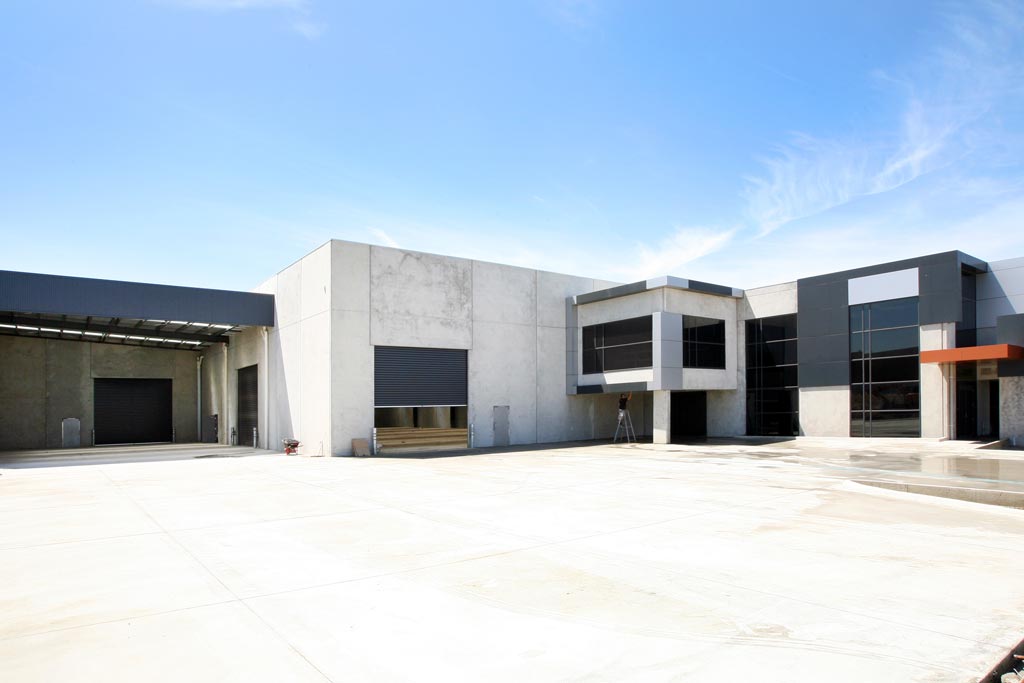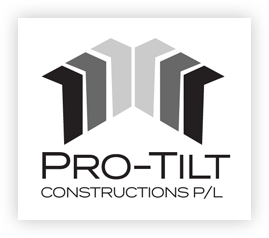Commercial Concrete Work: Building Strong Foundations for Seismic Stability
29 July 2024
Discover how Pro-Tilt Construction’s expert commercial concrete work builds strong foundations for seismic stability. Learn about innovative techniques with us.
Commercial concrete work is crucial for building strong and resilient structures. From towering skyscrapers to expansive warehouses, concrete provides the sturdy foundation needed to withstand the test of time. When it comes to seismic zones, a well-executed concrete foundation is paramount in protecting buildings and the people inside from earthquake damage.
Pro-Tilt Construction understands that commercial concrete work is the bedrock of any structure’s resilience against natural disasters, particularly earthquakes. Our expertise in this crucial aspect of a building ensures that your commercial property stands strong, come what may.
The Importance of Seismic Stability in Commercial Buildings
Buildings and structures located in earthquake-prone areas must be designed and constructed to withstand seismic forces without compromising their load-bearing capacity. Seismic stability is achieved through the use of appropriate construction materials, techniques, and adherence to building codes and regulations specific to seismic areas.
Commercial Concrete Work for Seismic Stability
Commercial concrete work plays an indispensable role in improving the seismic stability of buildings. Here are some key aspects of commercial concrete work that contribute to seismic stability:
• Reinforced Concrete Foundations: Constructing reinforced concrete foundations is crucial for transferring seismic loads from the building to the ground safely. Proper reinforcement and design of footings, piers, and grade beams are essential.
• Shear Walls and Core Walls: Reinforced concrete shear walls and core walls provide lateral stability and resistance to seismic forces. These walls are strategically placed within the building’s structure to create a rigid frame that can withstand lateral loads.
• Moment-Resisting Frames: Moment-resisting frames, constructed using reinforced concrete, are designed to resist seismic forces through the bending of beams and columns. These frames are particularly effective in absorbing and dissipating seismic energy.
• Seismic Isolation Systems: Incorporating seismic isolation systems, such as rubber-steel supports with high damping ability, can significantly improve the seismic stability of buildings. These systems work by reducing the transmission of seismic forces to the building’s structure.
Innovative Techniques in Commercial Concrete Work
Pro-Tilt Construction stays at the forefront of technological advancements in commercial concrete work. One of the most exciting developments in recent years is the use of fibre-reinforced concrete. This innovative material incorporates small fibres into the concrete mix, significantly enhancing its tensile strength and crack resistance.
For seismic stability, this translates to improved ductility and energy absorption capacity, allowing structures to better withstand the lateral forces experienced during an earthquake.
Sustainability in Seismic-Resistant Concrete
As a forward-thinking construction company, we recognise the importance of sustainability in all aspects of our work, including commercial concrete work for seismic stability. We’re continuously exploring ways to reduce the carbon footprint of our concrete while maintaining its strength and durability.
Moreover, we’re investigating the potential of carbon-capturing concrete technologies, which could revolutionise the construction industry by turning our buildings into active carbon sinks. While these technologies are still in development, they represent an exciting future where commercial concrete work not only provides seismic stability but also contributes to environmental sustainability.
Optimized by: Netwizard SEO

